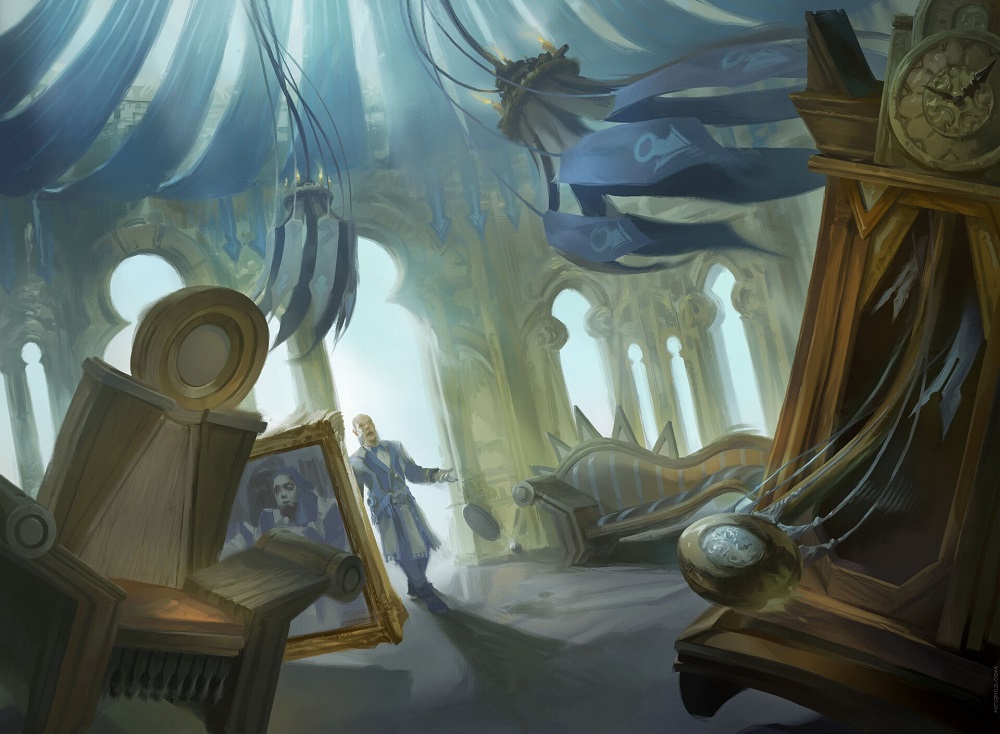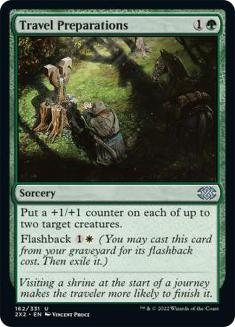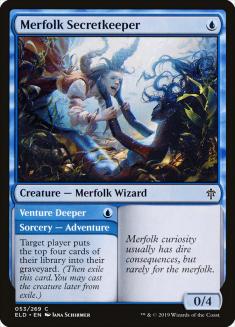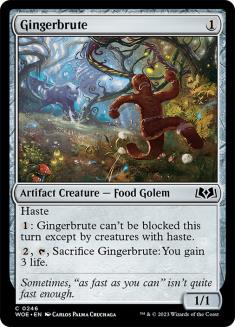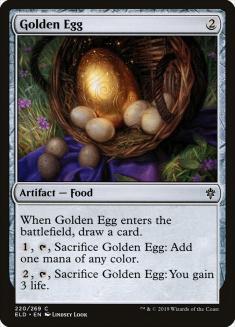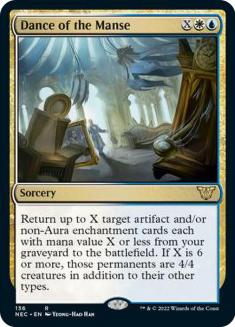Even a diehard Limited player like myself has not played every single Draft format. I have yet to meet a long-term Magic player who hasn’t taken some breaks from the game. For Limited players, that can mean missing out on some fun Draft sets (you only miss the good ones). It can be intimidating drafting a set you’ve never played, but everyone else likely has. So how can you prepare?
There’s certainly players who would prefer to just jump into a draft and figure it out as you go, and it may be the optimal approach for some, but in today’s economy (especially MTG Arena), the average player trying to free-roll will want to maximize their tickets or gems by at least knowing what they’re jumping into.
I’m going to be using Throne of Eldraine as my example throughout. I completely missed out on this set while preoccupied with life (I know, gross). My extent of knowledge before the flashback drafts on MTG Arena was the following: people tend to either love or hate it, mono-colors are viable, mill is strong in blue via Merfolk Secretkeeper (keep your secrets), and that’s about it.
The first step I’d take is familiarizing yourself with the commons and uncommons in the set, so you’re not reading all the cards during the draft. I prefer to use Scryfall, because you can easily sort via rarity and color. You can also take a look at a tier list, but the main idea here is just to get a rough understanding of what the cards do, not necessarily how strong they are.
If it’s a unique format (I could see Dominaria: United flashbacks falling into this category), you can take a look at some historical trophy decks on 17lands.com/trophies. You can get a rough idea of what certain archetypes are supposed to look like.
The last thing I’d probably do, is read an article from a content creator you respect. You can watch a stream, and you can see some of the gameplay, but I think the EV in terms of preparation is pretty poor here. An article can be far more succinct and sum things up about certain archetypes, strong cards, or general strategy for the set. That’s about all the preparation I’d commit to – anything over an hour is most likely overkill.
Now, we dance. The most important thing, when learning something new, is not to be results oriented. If you go 0-3, focus on the things you learned and implement them on the next run. It’s far more important that you are taking each available opportunity to learn rather than trying to spike a format you’re not familiar with. The knowledge gained should pay dividends in your future success. I’m not saying avoid the best color of the set, I would just encourage you to explore every archetype before going full try-hard mode.
Aside from learning as you go, take every opportunity to learn from your opponent! You can even learn from your opponent’s mistakes if you’re keen enough to recognize them. See if you’re able to identify why a game was won or lost and you can’t blame RNG (part of the game, folks).
Follow these steps and all of your dreams will come true… or something like that. Lose and learn, learn and win!
See you at Magic 30!

